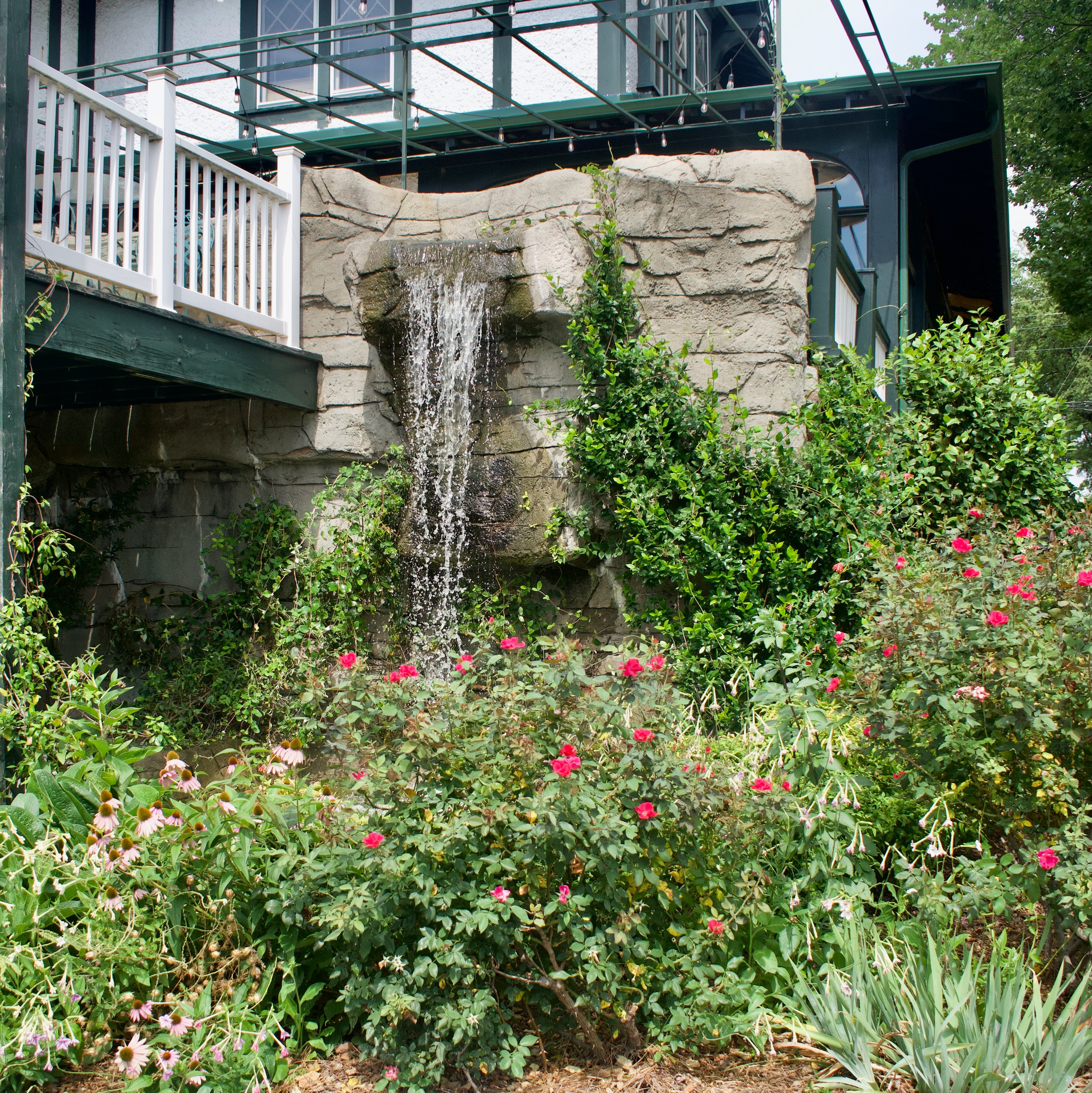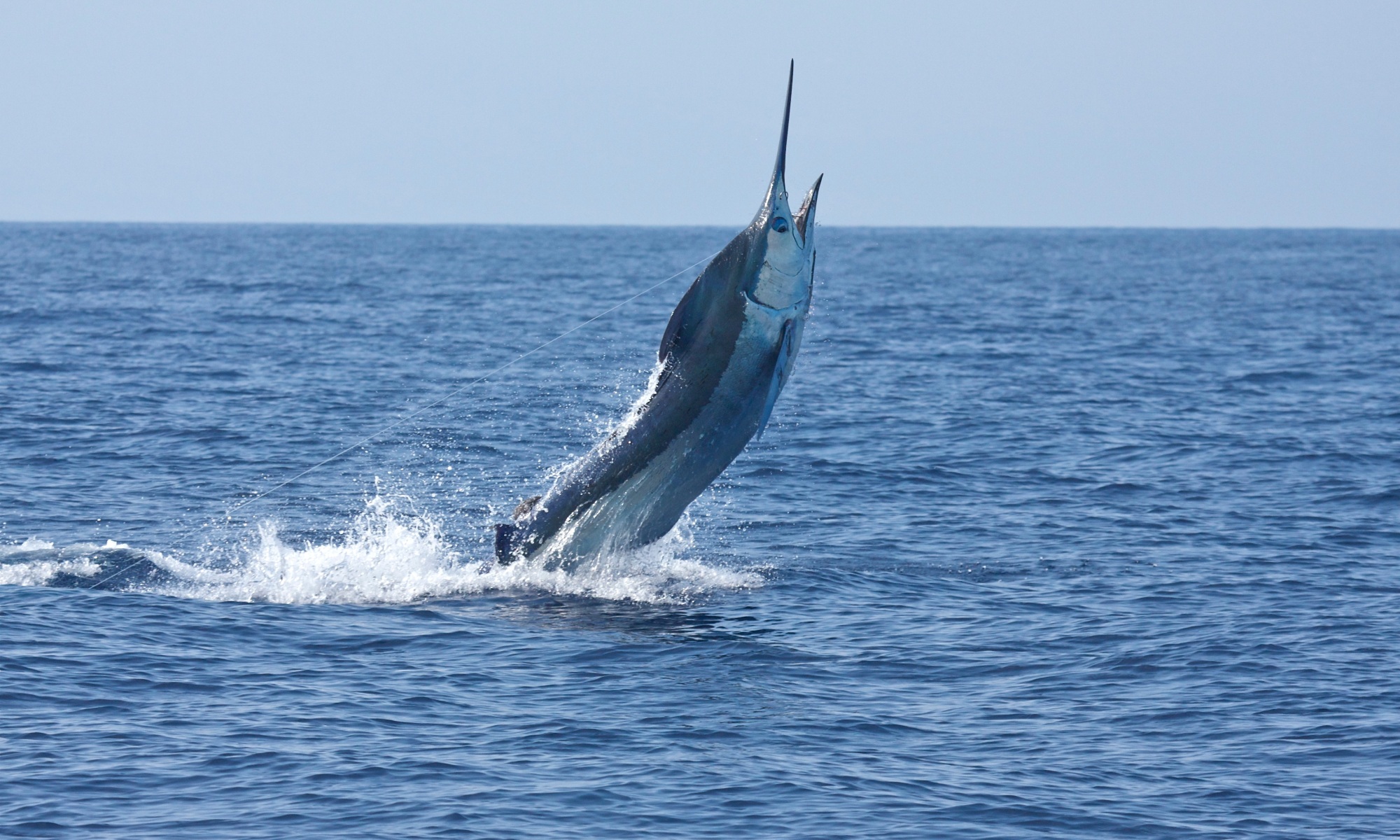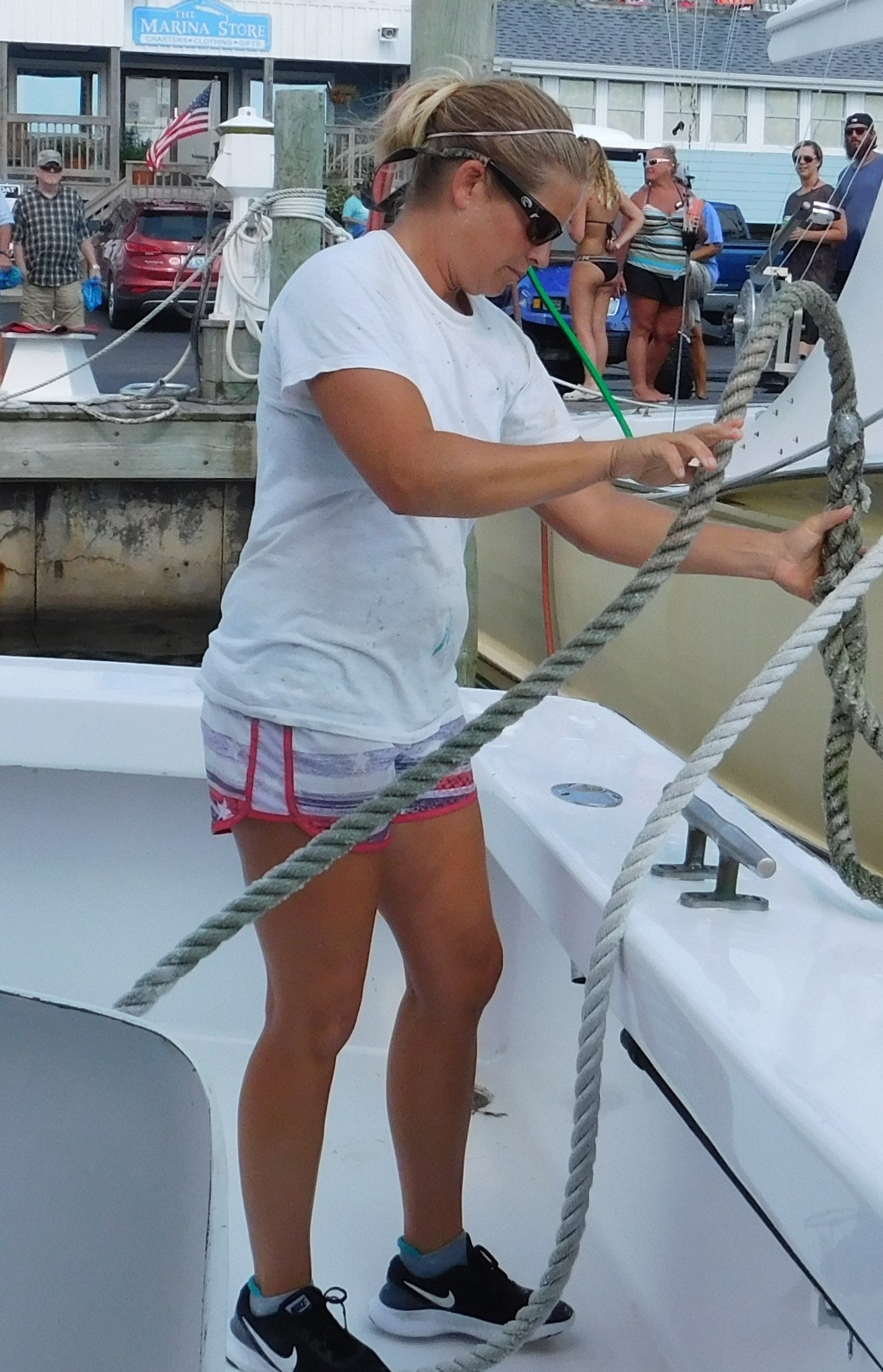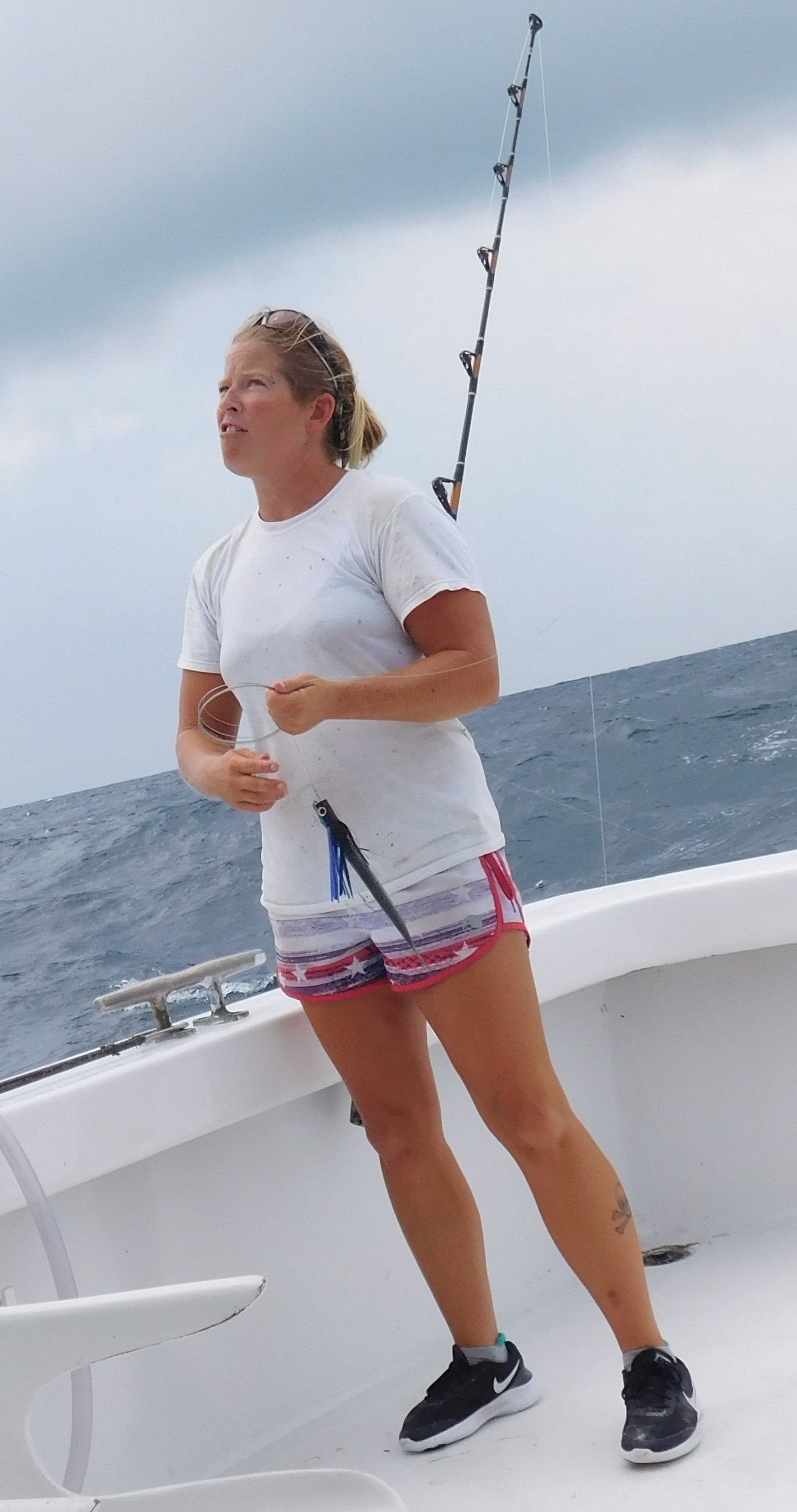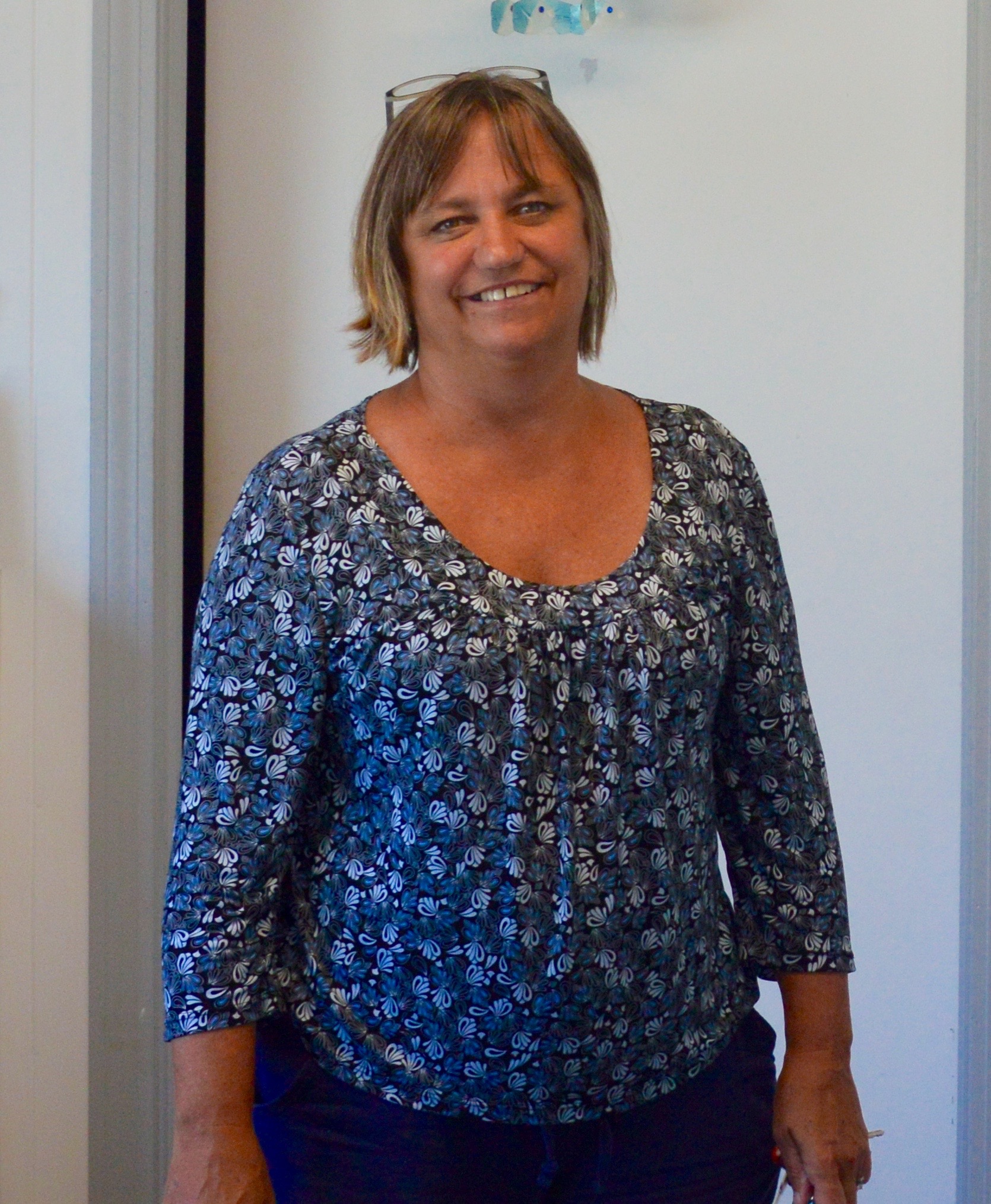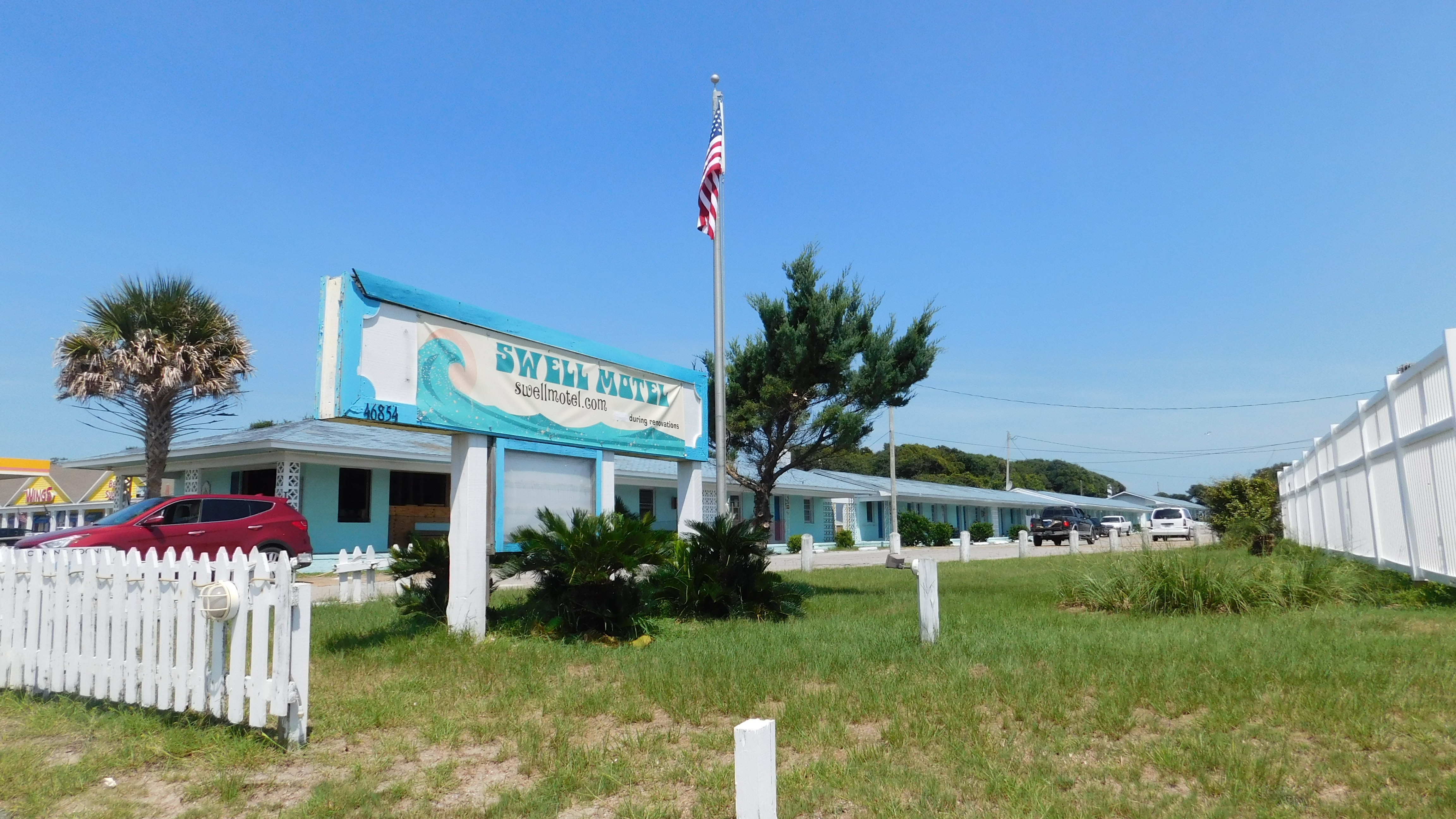 |
Once upon a time, whenever you stayed at a Bed & Breakfast you could count on a very solid breakfast. Many B & Bs have cut back on these and offer only the bare minimum.
That is certainly not the case at The Shaffner House. Their sumptuous breakfast will be the highlight of your stay.
It's served on the wrap around porch. This is actually a full scale restaurant and people will be arriving to eat who did not spend the night. It's rated one of the finest breakfast, brunch and lunch restaurants in Winston Salem. You order off the menu but are not charged.
The menu includes Shrimp & Grits, one of the best Omelettes you're ever eaten, Avocado Toast, Pancakes, French Toast, Fruit, Chicken & Waffles, one of the best bowls of Oatmeal you've ever eaten, Yogurt Parfait, six different juices, Sausage, very good Coffee and Hot Chocolate, and Eggs any way you want.
Sadly, the restaurant does not serve dinner. However, you're a one block walk from three major restaurants. There's a very good Italian restaurant, a very good contemporary restaurant, and a Mexican restaurant that's average, although it does offer a very good Veggie Chili Relleno.
We often just stay at the Shaffner and order their Charcuterie Board. It's a generous array of cheeses, grapes, crackers, blackberries, strawberries, sushi, breads and baby carrots. Add a bottle of the Shaffner's Kendall Jackson wine and you have a French style feast. We just retire to the deck, sip our wine, munch on our array of goodies, and watch the sun set.
One of the Shaffner's little touches is to have a glass of your preferred wine waiting for you at check in. You choose which one you want when you make your reservation. It's a generous glass, chilled and hits the spot after a long drive. Children or those not wanting wine can have a soft drink or bottled water.
|


